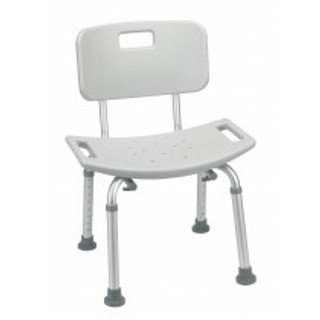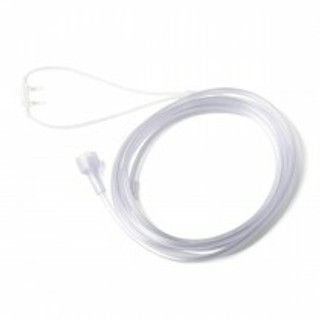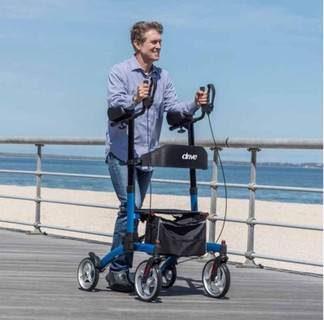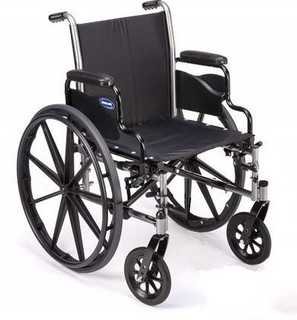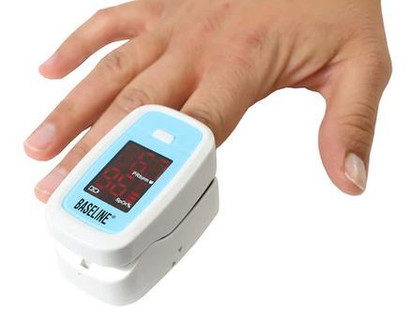Adjusting to Life in a Senior Care Facility
Adjusting to a senior care facility can be a significant transition, both for the individual moving in and for their family members. Here are some tips to help make the adjustment smoother:
1. Acknowledge the Emotional Impact
- Understand the Mixed Emotions: It’s normal to feel a range of emotions, from relief to sadness, anxiety, or even guilt. Acknowledge these feelings and give yourself time to adjust.
- Stay Positive: Focus on the benefits, such as increased safety, access to care, and social opportunities, while recognizing that it may take time to feel fully comfortable.
2. Personalize the Living Space
- Bring Familiar Items: Personalizing the room with favorite furniture, photographs, artwork, or keepsakes can make the new space feel more like home.
- Create a Comfortable Environment: Set up the room in a way that is comfortable and familiar, perhaps recreating the layout from a previous home to maintain a sense of continuity.
3. Establish a Routine
- Consistency is Key: Establishing a daily routine can help create a sense of normalcy and predictability, which is comforting during a time of change.
- Incorporate Favorite Activities: Include activities that the senior enjoys, whether it’s reading, knitting, watching certain TV shows, or taking walks.
4. Build Relationships
- Get to Know the Staff: Building rapport with caregivers and staff members can create a sense of security and trust.
- Connect with Other Residents: Encourage participation in social activities to foster friendships. Group activities like games, art classes, or communal meals can help break the ice.
- Participate in Community Events: Many facilities offer social events, outings, and activities designed to bring residents together. Attending these can help ease the transition.
5. Maintain Family Connections
- Regular Visits: Frequent visits from family members can provide comfort and reduce feelings of isolation.
- Involve Family in the Transition: Family members can help by participating in activities with the senior or assisting with the move-in process.
- Stay in Touch: If family members live far away, regular phone calls, video chats, or even letters can help maintain a connection.
6. Give It Time
- Be Patient: Adjustment takes time. It’s normal for the first few weeks or even months to be challenging.
- Celebrate Small Wins: Acknowledge and celebrate small milestones, such as making a new friend or participating in an activity.
7. Stay Involved in Care Decisions
- Active Participation: Encourage the senior to stay involved in decisions about their care, activities, and daily routine.
- Communicate with Staff: Regular communication with caregivers about any concerns or preferences can ensure that the senior’s needs are being met.
8. Focus on Health and Wellness
- Continue Medical Care: Ensure that medical appointments, treatments, and therapies are kept up-to-date.
- Encourage Physical Activity: Participate in any fitness programs offered by the facility, which can improve both physical and mental well-being.
- Mental and Emotional Well-being: Some seniors benefit from counseling or support groups during this transition, especially if they are experiencing significant stress or anxiety.
9. Keep Expectations Realistic
- Adjust to the Pace: Understand that adjusting to a new environment is a process that varies for everyone. It’s okay if it takes longer than expected.
- Monitor the Situation: If the adjustment seems particularly difficult, consider speaking with the facility’s staff or a professional to discuss additional support or resources.
10. Plan for the Future
- Review Care Plans Regularly: Stay involved in ongoing care discussions to ensure that the senior’s needs continue to be met.
- Stay Open to Change: As the senior adjusts, their preferences and needs may change. Be flexible and open to adapting the living situation as necessary.
Adjusting to a senior care facility is a significant life change, but with patience, support, and the right approach, it can lead to a positive, fulfilling experience. You will need also need medical supplies to make the transition as comfortable as possible. SafeWell Medical Supply has everything you would need from mobility products like wheelchairs, rollators, and walkers to bedroom and bathroom equipment and supplies. Click on the logo below to se all that SafeWell Medical Supply has to offer.





